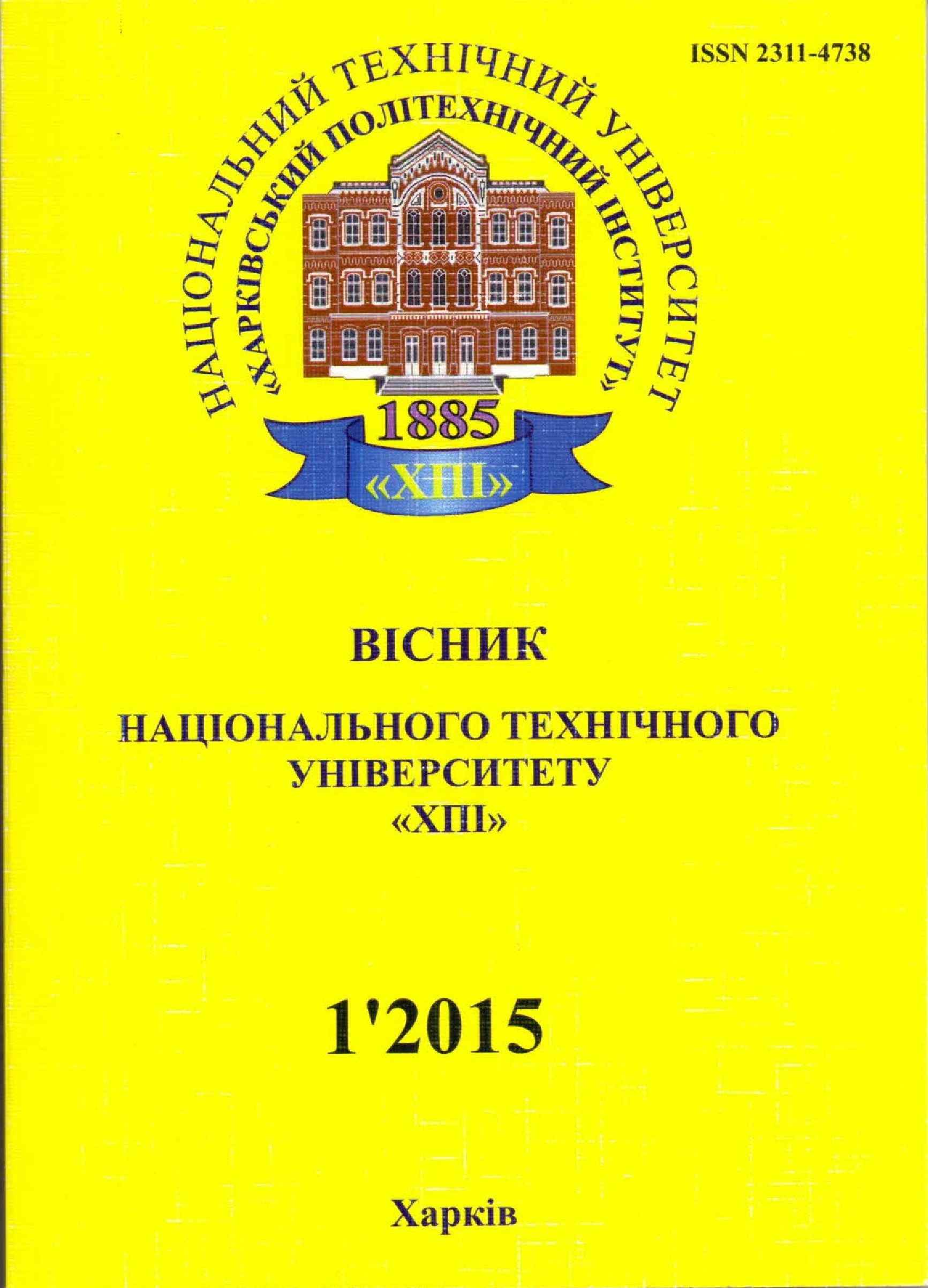PROJECT MANAGEMENT OF REVERSE ENGINEERING
DOI:
https://doi.org/10.20998/2413-3000.2015.1110.18Keywords:
reverse engineering, heuristic methods, project team, generalized method of studying the structure of the problem.Abstract
It is extended the concept of reverse engineering and invited its division into three classes of problems: conceptual, aggregate and complete. The analysis of the composition of the project team, the hardware, software and heuristic methods are used in each of the classes is made. The use of heuristic methods for reverse engineering concept is showed.
References
Varady, T. Reverse engineering of geometric models - Аn introduction / T. Varady, R. Martin, J. Cox. - Computer-Aided Design 29 (4), 1997. - с. 255-268.
Клименко В.Ю. Реверсный инжиниринг: учебн. пособие / В.Ю. Клименко. – Запорожье, 2009 – 116 с.
Иванов В.В. Эвристические модели в машиностроении / В.В. Иванов. - Одесса: Наука і Техніка, 2012. - 234 с.
Шахов А.В. Проектирование жизненного цикла ремонтопригодных технических систем / А.В. Шахов. - Одесса: Феникс, 2005. – 164 с.
A Guide to the Project Management Body of Knowledge (PMBOK Guide), Ed. Network Square, PA: Project Management Institute. – 2008. – Режим доступа: http://www.pmi.org/PMBOK-Guide-and-Standards/pmbok-guide.aspx. – Дата обращения: 20 ноября 2014.
Иванов В.В. Эвристические аспекты в управлении проектами / В.В. Иванов // Тези доповідей ХІ міжнародної конференції «Управління проектами у розвитку суспільства». Тема «Розвиток компетентності організації в управлінні проектами, програмами та портфелями проектів» // Відповідальний за випуск С.Д. Бушуєв. – КНУБА, 2014 – с. 79-80.
Downloads
Published
Issue
Section
License
Copyright (c) 2015 Виктор Владимирович ИВАНОВ

This work is licensed under a Creative Commons Attribution-NonCommercial-ShareAlike 4.0 International License.
Our journal abides by the Creative Commons copyright rights and permissions for open access journals.
Authors who publish with this journal agree to the following terms:
Authors hold the copyright without restrictions and grant the journal right of first publication with the work simultaneously licensed under a Creative Commons Attribution-NonCommercial-ShareAlike 4.0 International License (CC BY-NC-SA 4.0) that allows others to share the work with an acknowledgement of the work's authorship and initial publication in this journal.
Authors are able to enter into separate, additional contractual arrangements for the non-commercial and non-exclusive distribution of the journal's published version of the work (e.g., post it to an institutional repository or publish it in a book), with an acknowledgement of its initial publication in this journal.
Authors are permitted and encouraged to post their published work online (e.g., in institutional repositories or on their website) as it can lead to productive exchanges, as well as earlier and greater citation of published work.

